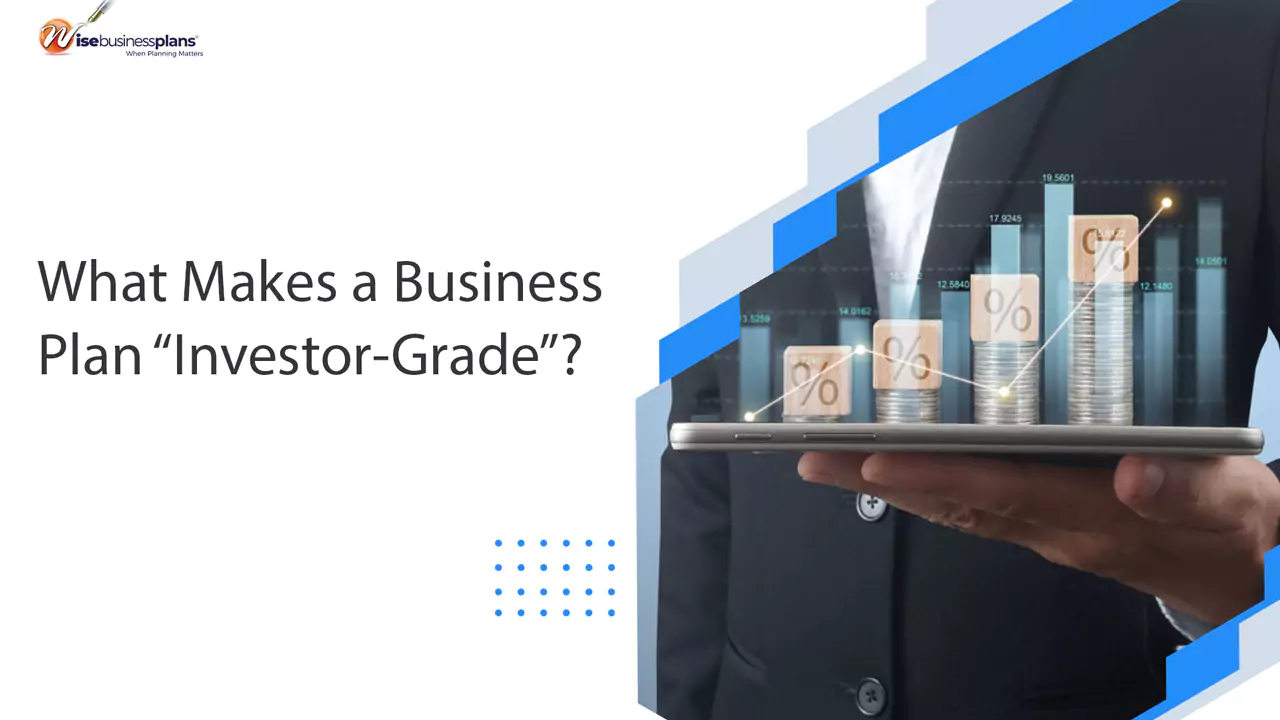1. Realistic and Defensible Financial Projections
Your plan must include 3–5 years of:
- Revenue forecasts
- Profit & loss (P&L)
- Balance sheet
- Cash flow statement
- Break-even analysis
Investors expect logic, not wishful thinking. Can you defend your unit economics?
2. Founder and Team Credibility
Investors back people, not just ideas. Your business plan must highlight:
- Founders’ backgrounds and domain expertise
- Key advisors or board members
- Roles, equity structure, and hiring plans
Include short bios that align experience with execution.
3. Clear Go-to-Market and Customer Acquisition Strategy
Ideas are everywhere. Execution is everything.
A winning plan outlines:
- Target audience and buyer personas
- Marketing channels (organic, paid, referral, etc.)
- Sales funnel and CAC (Customer Acquisition Cost) projections
- KPIs and growth milestones
Don’t just say “We’ll market on social media.” Show a strategy.
4. Problem/Solution Fit + Competitive Advantage
Your investor plan should answer:
- What pain are you solving—and how urgently?
- Why now? (Market timing, regulation, tech shift?)
- What makes you better than the competition?
Include a SWOT analysis and market positioning to prove viability.
5. Clear Ask and Use of Funds
Investors want to know:
- How much you’re raising
- At what valuation (pre- or post-money)
- How you’ll deploy that capital (runway, team, product, marketing)
- What milestones it will help you hit
Example: “We’re raising $750K on a $3M pre-money valuation to reach $1M ARR within 14 months.”
6. Market Research and TAM/SAM/SOM
You must show:
- Total addressable market (TAM)
- Serviceable market (SAM)
- Share you plan to capture (SOM)
- Industry trends and opportunity size
Use real, cited sources—not guesses. Elevate your pitch by working with professionals who craft business plans investor-grade.

